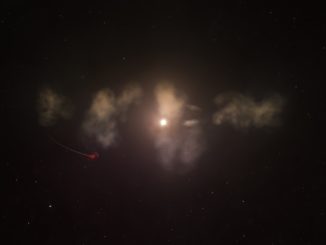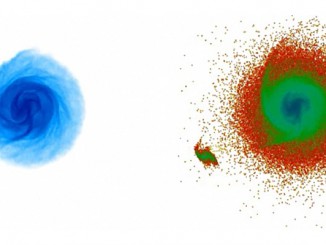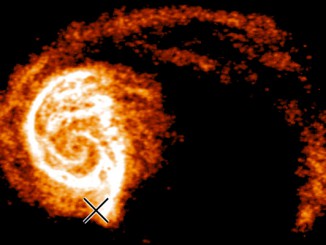
Rochester Institute of Technology


Galaxy quakes could improve hunt for dark matter
Ripples in gas at the outer disc of our galaxy have puzzled astronomers since they were first revealed by radio observations a decade ago. Now, astronomers believe they have found the culprit — a dwarf galaxy, containing dark, unseen material, which skimmed the outskirts of the Milky Way a few hundred million years ago. This method to characterise dark matter marks first real application of galactoseismology.

Hubble reveals galaxy gas flow and star birth regulated by black-hole jets
Astronomers have uncovered a unique process for how the universe’s largest elliptical galaxies continue making stars long after their peak years of star birth. NASA’s Hubble Space Telescope revealed brilliant knots and chains of hot, blue stars forming along the jets of active black holes found in the centres of giant elliptical galaxies.

Simulated map of missing satellite galaxies could answer dark matter puzzle
A ripple in the outskirts of the Milky Way led Rochester Institute of Technology astrophysicist Sukanya Chakrabarti to a previously undetected dwarf galaxy hidden under a veil of dark matter. Now Chakrabarti is refining her technique to uncover dwarf galaxies and understand dark matter by simulating the evolutionary histories of galactic discs and their satellite populations.

